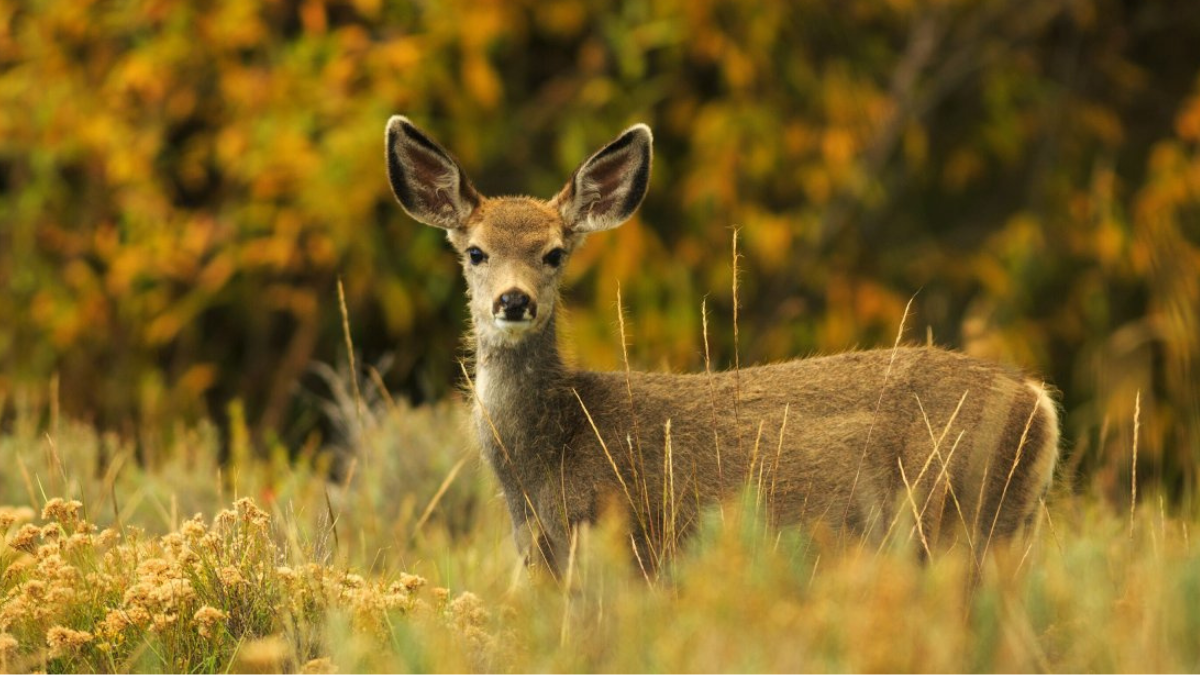Table of Contents
1. What is the zombie deer disease?
The zombie deer disease, also known as chronic wasting disease (CWD), is a deadly brain disorder that affects deer, elk, reindeer, sika deer and moose. It is caused by abnormal proteins called prions that damage the nerve cells and cause the animals to lose weight, coordination, and behavior. The disease has been detected in some regions of North America, Europe, and Asia.
2. How prevalent is the zombie deer disease in the US
According to media reports, the disease has been found in 800 samples of deer, elk and moose in Wyoming alone. The disease is spreading across the US and has been reported in 26 states and three Canadian provinces. The disease is fatal for the animals and there is no cure or vaccine available.
3. Why are scientists concerned about the zombie deer disease spilling over to humans?
Scientists are drawing parallels between the zombie deer disease and the mad cow disease, which is another prion disease that affected cattle and humans in the 1990s. The mad cow disease, or bovine spongiform encephalopathy (BSE), caused a variant of Creutzfeldt-Jakob disease (vCJD) in humans, which is a rare and fatal brain disorder. Dr. Cory Anderson, a wildlife disease ecologist, told The Guardian that the BSE outbreak in Britain showed how a prion disease can jump from animals to humans and cause a public health crisis. He said that although there is no evidence of CWD infecting humans yet, it is important to be vigilant and prepared for the possibility.
4. What are the symptoms and incubation period of the zombie deer disease?
The US Centers for Disease Control and Prevention (CDC) states that prion diseases have long incubation periods, meaning that it can take a long time for the symptoms to appear after the exposure. For CWD, the CDC says that it may take over a year before an infected animal shows signs of the disease. The symptoms include severe weight loss, stumbling, drooling, excessive thirst or urination, lack of fear of people, and drooping ears. There is no cure for the disease and it always causes mortality.
5. How does the zombie deer disease affect non-human primates?
The CDC warns that since 1997, the World Health Organization has recommended keeping the agents of all known prion diseases out of the human food chain. This is because of the animal studies that suggest that CWD poses a risk to certain types of non-human primates, such as monkeys, that can get the disease when they encounter cerebral or fluidic substances from afflicted deer or elk. The CDC says that more research is needed to understand the susceptibility of different species to CWD.
6. How hard is it to get rid of the zombie deer disease?
The zombie deer disease is very difficult to eliminate once it infects an area. The prions that cause the disease can persist for years in soil or on surfaces, and are resistant to most disinfectants, formaldehyde, radiation, and high temperatures. The Independent reported that the disease can survive incineration at 600°C (1,100°F). The disease can also spread through direct contact between animals or through contaminated food, water, or equipment.
7. How can humans prevent the zombie deer disease?
The CDC advises humans to avoid exposure to CWD-infected animals or their tissues. The CDC recommends not to hunt, handle, or eat meat from deer and elk that look sick, act strangely, or are found dead. The CDC also suggests wearing gloves when dressing the animal or handling the meat, and minimizing the contact with the organs, especially the brain or spinal cord. The CDC also advises not to use household knives or other kitchen utensils for field dressing.
